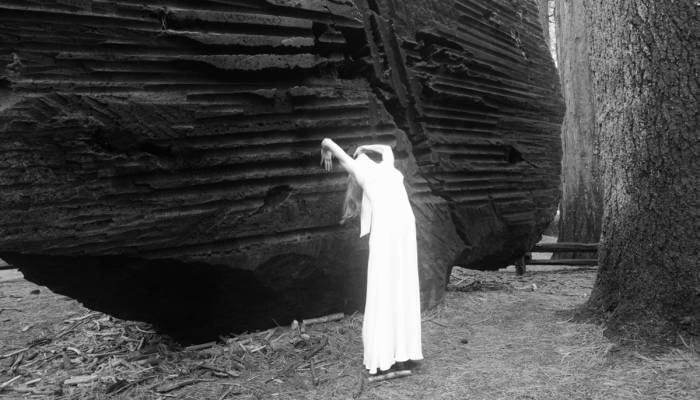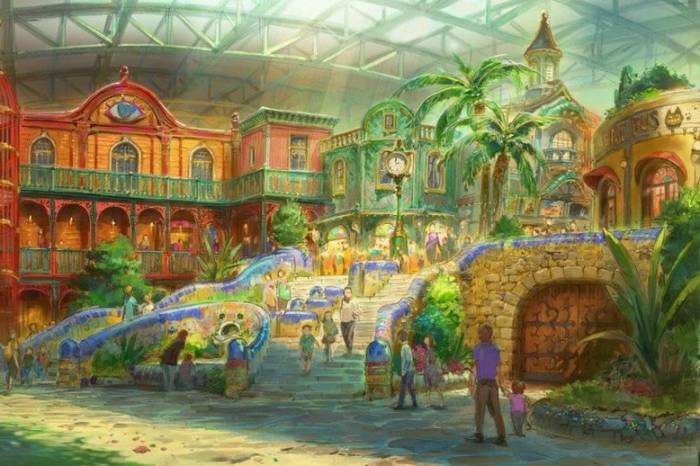Quantum Theory Could Explain Life After Death
If consciousness is a quantum phenomenon, it’s possible that it continues to exist after the death of the body.
Today, one of the most discussed topics in neuroscience is the near-death experience. Many people report having mystical visions as their vital organs begin to shut down. And although many explain the result as a sort of neurological blip, some scientists believe that it is possible to discover the basis for these experiences and perhaps even prove that there is indeed life after death, or at least some remnant of life that doesn’t expire along with the body.
The most recent case of this in the field of neurology is when the Harvard doctor Eben Alexander believed to have seen proof of the persistence of consciousness after death in his own near-death experience. His subsequent work has become a polemical topic in the world neuroscience. But before he came out to the media with his alleged “proof of heaven”, the anesthesiologist and neuroscientist Stuart Hameroff had already postulated a quantum theory of life after death.
According to Hameroff, consciousness is based on small structures that are called microtubules and are found inside the brain. The experience of self-consciousness is the effect of quantum gravity on these microtubules, which serve as something like processing nodes. That is, if consciousness is a quantum phenomenon, then it is constituted of the same substance that makes up the rest of the universe, which has existed since the beginning of time and is made up of the geometry of time itself.
Under normal conditions, Hameroff explains, consciousness occurs at the geometric plane of space-time within the brain. But when metabolism, which runs the brain’s quantum coherency, starts to slow down, the quantum information filters back into the space-time of the entire universe. The remaining consciousness is thus interlaced with Everything and consciousness (or even subconsciousness) may even continue to exist.
The theory doesn’t mean that upon death we are conscious of ourselves (or carry with us our personalities) but that our consciousness or memories will return to the universe, perhaps even feeding into a sort of cosmic library: the profundity of ourselves filtering back into its primordial truth.
Related Articles
When ancient rituals became religion
The emergence of religions irreversibly changed the history of humanity. It’s therefore essential to ask when and how did ancient peoples’ rituals become organized systems of thought, each with their
Larung Gar, the valley that is home to thousands of Buddhist monks
If we think about the monastic life it is very probable that we think about solitude, seclusion, silence and a few other qualities whose common denominator is the appropriate isolation for mediation
Dialogue with the Dalai Lama on science and spirituality
The Dalai Lama has been interested in science since he was a child. Over the years he’s visited many laboratories and has attended conferences that discuss consciousness from the scientific point of
A New Year's resolution for the earth
Worrisome quantities of waste are generated by human populations. Especially in cities, these have reached unprecedented and alarming levels. A largely uncontrolled practice, it affects everything on
The Dark Mountain Project: or how literature can confront ecocide
One impulse from a vernal wood May teach you more of man, Of moral evil and of good, Than all the sages can. Wordsworth, “The Tables Turned” (fragment) Words are elementary. The only reason we can
Are there no women in the history of philosophy?
Do only men philosophize? This could sound like a silly question, but if we quickly review the names of philosophers, from Aristotle to Slavoj Žižek, it would appear to be an exercise that is
Things that are about to disappear: photography as environmental conservation
Cristina Mittermeier is the founder of the International League of Conservationist Photography (iLCP), and is at the front of a modern movement to use photography with environmental purposes. Her work
Architecture And Music; An Affair That Acts On The Matter
A composition is like a house you can walk around in. — John Cage Perhaps music, more than the art of sound, is the art of time. That’s why its communion with space, and architecture, is so often so
Psycho-geography (On The Ritual Casting of a City)
Mrs. Dalloway walked down the streets of London guided by an “internal tide” that made her stop somewhere, enter a store, turn at the corner and continue her journey, as if she were adrift. La dérive
A Theme Park Inspired by Hayao Miyazaki is About to Open …
One of animation’s most spectacular exponents, Hayao Miyazaki, is the artist who transformed the direction of traditional animation forever.










